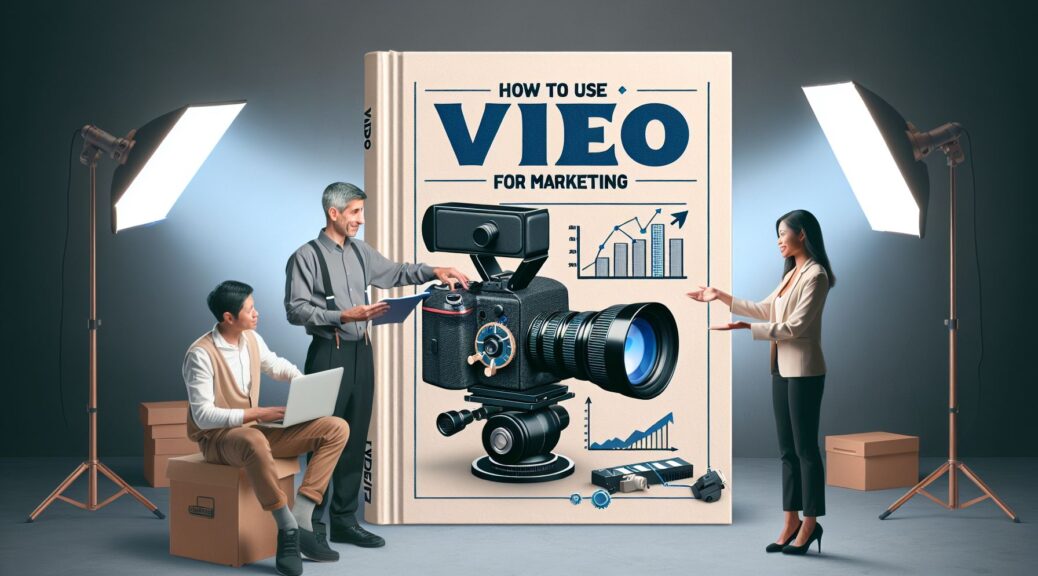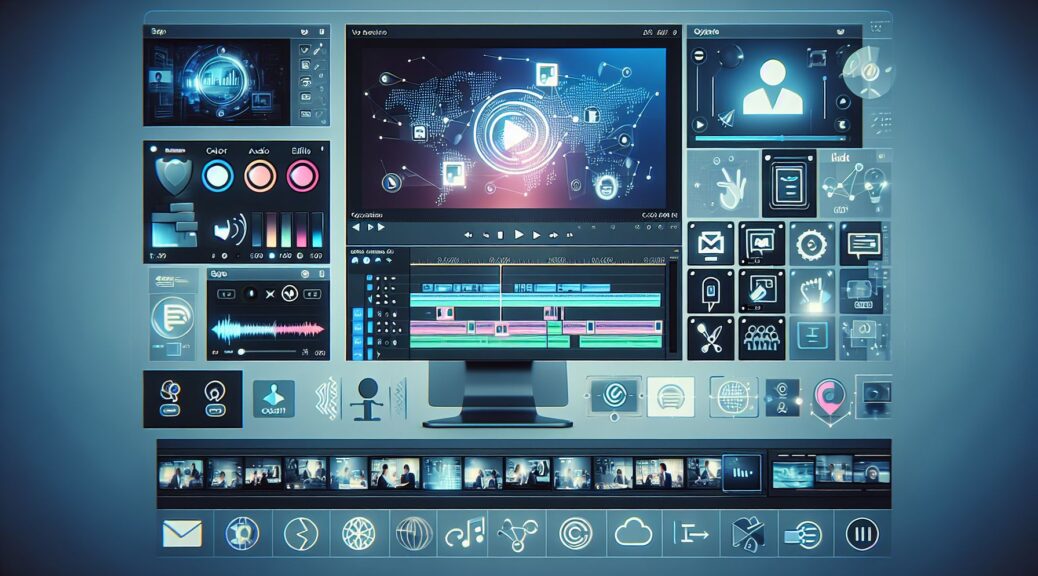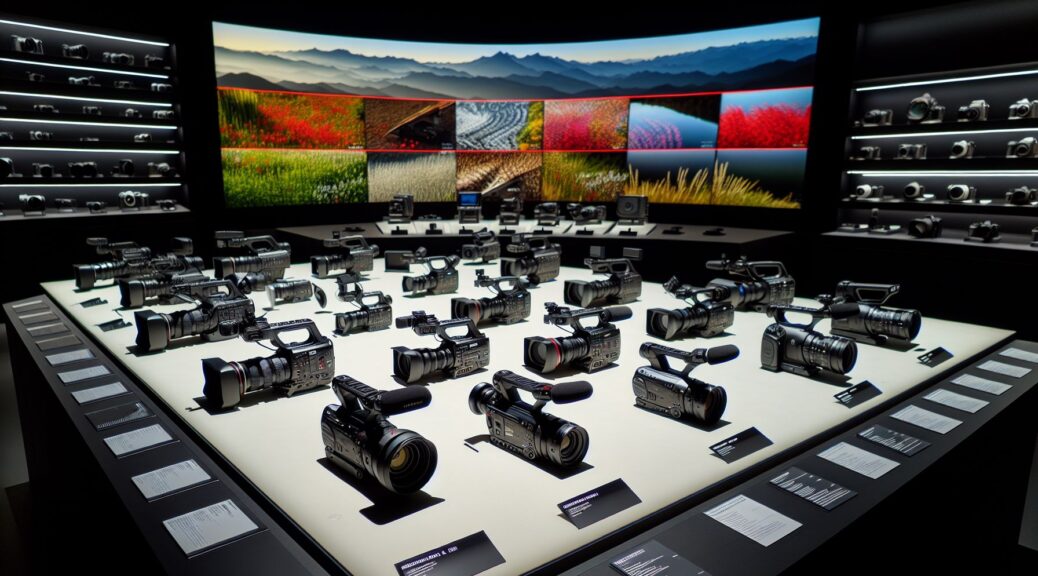In today’s digital age, video has become a powerful marketing tool that can captivate and engage audiences like never before. As a videographer, you have the unique opportunity to harness the potential of video to tell compelling stories and promote brands. This guide will provide you with insights and strategies on how to use video for marketing effectively.
Introduction: The Power of Video Marketing
Video marketing has the ability to convey information, evoke emotions, and create a lasting impact on viewers. When done right, it can increase brand awareness, drive website traffic, and generate leads. However, to achieve these goals, it is crucial to have a well-planned and executed video marketing strategy.
1. Identify Your Audience and Goals
Before you start creating videos, it is important to identify your target audience and define your marketing goals. By understanding who your audience is, you can tailor your videos to resonate with them and effectively deliver your marketing message. Similarly, setting clear and measurable goals will help you track the success of your video marketing efforts.
2. Craft Compelling Stories
One of the most powerful aspects of video marketing is its ability to tell stories. People connect with stories on an emotional level, making them more likely to remember and share your videos. When planning your videos, focus on creating narratives that align with your brand and resonate with your target audience.
3. Showcase Your Expertise
As a professional videographer, you have unique skills and talents that can set you apart from the competition. Consider creating videos that showcase your expertise in the field, whether it’s through tutorials, behind-the-scenes glimpses, or case studies. Demonstrating your skills will build trust with potential clients and position you as an industry expert.
4. Optimize for Search Engines
Just like any other content, videos need to be optimized for search engines. Using relevant keywords in your video titles, descriptions, and tags can help improve visibility and reach a wider audience. Additionally, consider embedding your videos on your website and sharing them across social media platforms to increase their discoverability.
5. Pay Attention to Production Quality
Poor production quality can undermine the effectiveness of your videos. While you don’t need Hollywood-level equipment, investing in decent camera gear, lighting, and sound equipment can greatly enhance the quality of your videos. Clear visuals and crisp audio are essential for keeping viewers engaged and conveying your message effectively.
6. Utilize Sound Design
Sound design plays a crucial role in video production and can greatly enhance the viewer’s experience. Whether it’s background music, voiceovers, or sound effects, carefully selecting and editing audio elements can create a more immersive and engaging video. Just remember to strike a balance between sound and visuals, ensuring that the audio complements the overall message and does not overshadow it.
7. Optimize for Mobile Viewing
With the rise of smartphones, it is essential to optimize your videos for mobile viewing. Make sure your videos are responsive, load quickly, and are easily viewable on smaller screens. Additionally, consider utilizing subtitles or captions to cater to viewers who may be watching without sound.
Conclusion: Harness the Power of Video Marketing
Video marketing is a dynamic and evolving field with immense potential for videographers. By understanding your audience, crafting compelling stories, showcasing your expertise, optimizing for search engines, paying attention to production quality, utilizing sound design, and optimizing for mobile viewing, you can effectively leverage video to promote brands and captivate audiences. Embrace the power of video marketing and elevate your videography business to new heights.




